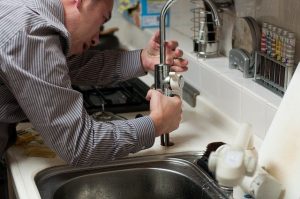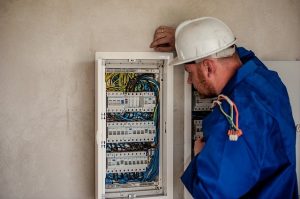Are Sealy Mattresses Toxic?
Sealy mattresses are an ideal option for individuals who prefer innerspring models, offering both comfort and support layers to accommodate various sleeping positions.
https://www.organic-mattress.net/are-sealy-crib-mattresses-toxic
Many individuals are concerned with the chemicals contained within mattresses. Some mattresses may include flame retardants, formaldehyde or fiberglass that could potentially pose health hazards to users.
VOCs
Volatile organic compounds (VOCs) released by mattresses can be dangerous to both people and animals alike, posing both respiratory problems and eye irritation for people, while contributing to pollution and climate change. These gases may even increase indoor air pollution levels as well as contributing to climate change.
VOCs can be found in household cleaners and furniture polish, and can transfer from mother's bodies during pregnancy. Many mattresses contain high levels of VOCs; in particular those made of memory foam. It is advised to purchase mattresses that have been third-party tested and certified as low emitters like those from Sealy Naturals line.
All Sealy mattresses are CertiPUR-US Certified, which means they do not contain any toxic or harmful chemicals. In contrast to 80% of mattress brands, Sealy does not use fiberglass as a flame retardant – instead opting for natural silica as their flame retardant instead. Silica provides a safer alternative than Pentabde which was commonly used prior to 2004 but known to be hazardous to liver, thyroid and nervous system health.
Chemical Flame Retardants
Many chemicals used in mattress production rely on polyvinyl chloride (PVC), commonly known as vinyl. To make PVC flexible, manufacturers add plasticizers containing various chemical ingredients including phthalates which have garnered negative attention in recent years due to being banned in certain plastic products.
Most mattress companies rely on chemical flame retardants to meet federal flammability standards, though there are safer alternatives that are more costly and require additional manufacturing processes. Manufacturers generally don't reveal what chemicals they use since most are considered trade secrets; one such chemical, known as PentaBDE from polybrominated diphenyl ethers family used prior to 2004, has now been proven toxic to liver, thyroid and nervous system functions.
Sealy mattresses use CertiPUR-US certified foam, meaning their mattresses are free from formaldehydes, ozone depleters and heavy metals. When first unboxed though, some Sealy mattresses may emit an off-gassing odor caused by VOCs emitted by materials present. This process is called off-gassing.
Formaldehyde
Chemical by-products used in polyurethane foam manufacturing produce this hazardous substance, which has been linked to respiratory conditions as well as headaches, skin rashes, asthma attacks and eye irritation. Exposure can also increase your risk of cancers such as hematologic and lymphatic cancer.
Sealy mattresses are constructed using various materials, such as polyurethane foam and cotton fibers; some even feature fiberglass fill. Sealy also offers hybrid mattresses made of eco-friendly materials like organic cotton from responsibly farmed farms, natural hemp fibers, modal, and wool-blend yarn that acts as a natural flame retardant.
These mattresses have been rigorously tested for toxic emissions and have received all necessary safety standards certifications. Furthermore, they boast CertiPUR-US program certification indicating they do not contain harmful chemicals and ozone depleters that might compromise air quality. Unfortunately, however, these mattresses might not suit everyone – those allergic to latex or seeking one made exclusively of organic materials should consider other brands or manufacturers instead.
Latex
Latex mattresses made with synthetic rubbers such as Styrene Butadiene Rubber (SBR), which release many volatile organic compounds (VOCs) and off-gasses can be toxic; to avoid this problem, look for mattresses made of 100 percent natural latex that carry Global Organic Latex Standard certification (GOLS).
Polyvinyl chloride, more commonly known as vinyl, is one of the most toxic plastics on earth. From its production through disposal, vinyl's harmful effects extend throughout its entire lifespan – from manufacturing to disposal. Plasticizers may be added to make vinyl flexible; these chemicals absorb into our bodies through our skin and can have lasting ill effects on our health.
Sealy offers the Naturals Collection of mattresses which combine natural latex and ethically harvested wool for comfort, breathability and support. Furthermore, their hand-tufting process eliminates glue usage by up to 65% – which ensures less chemical exposure for healthy sleep environments. Sealy also offers innerspring mattresses featuring coils in combination with various layers of foam for additional support and comfort.



